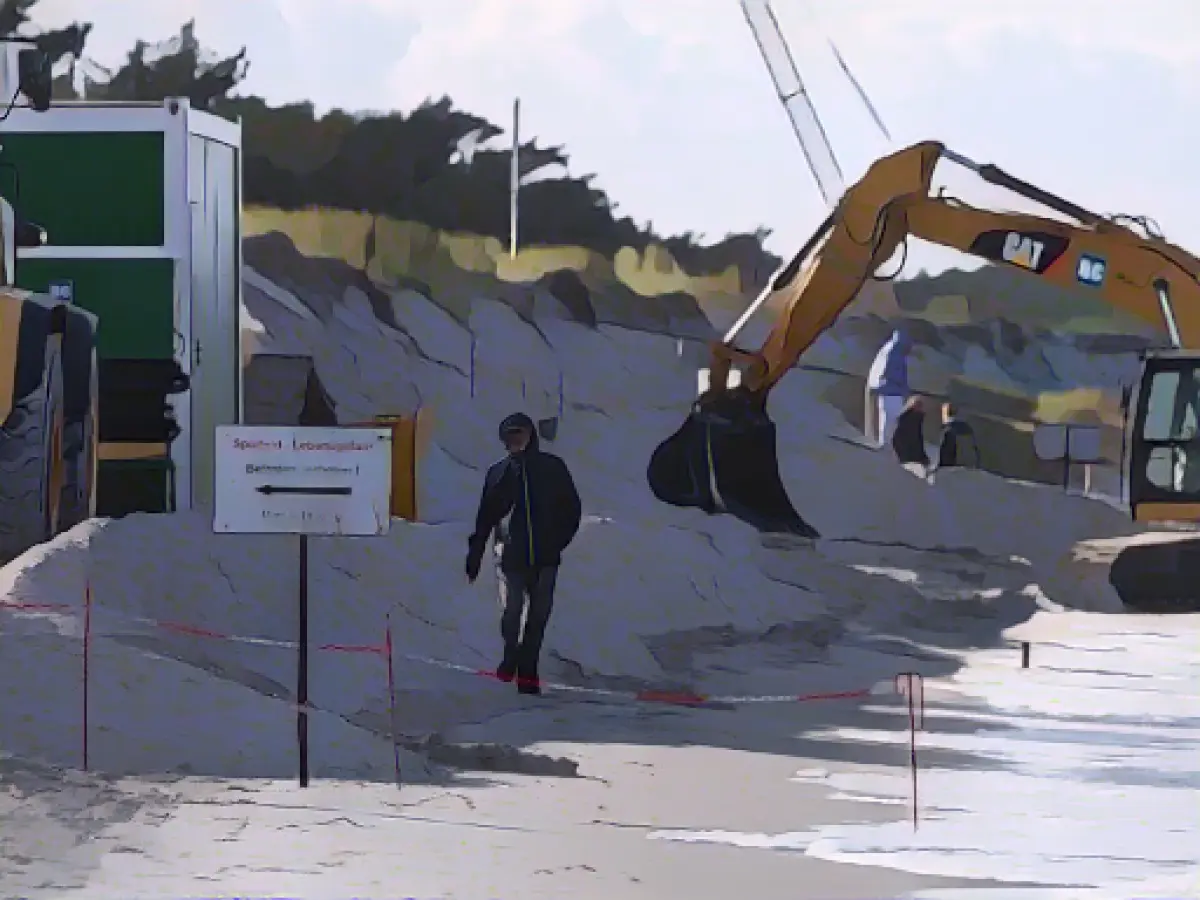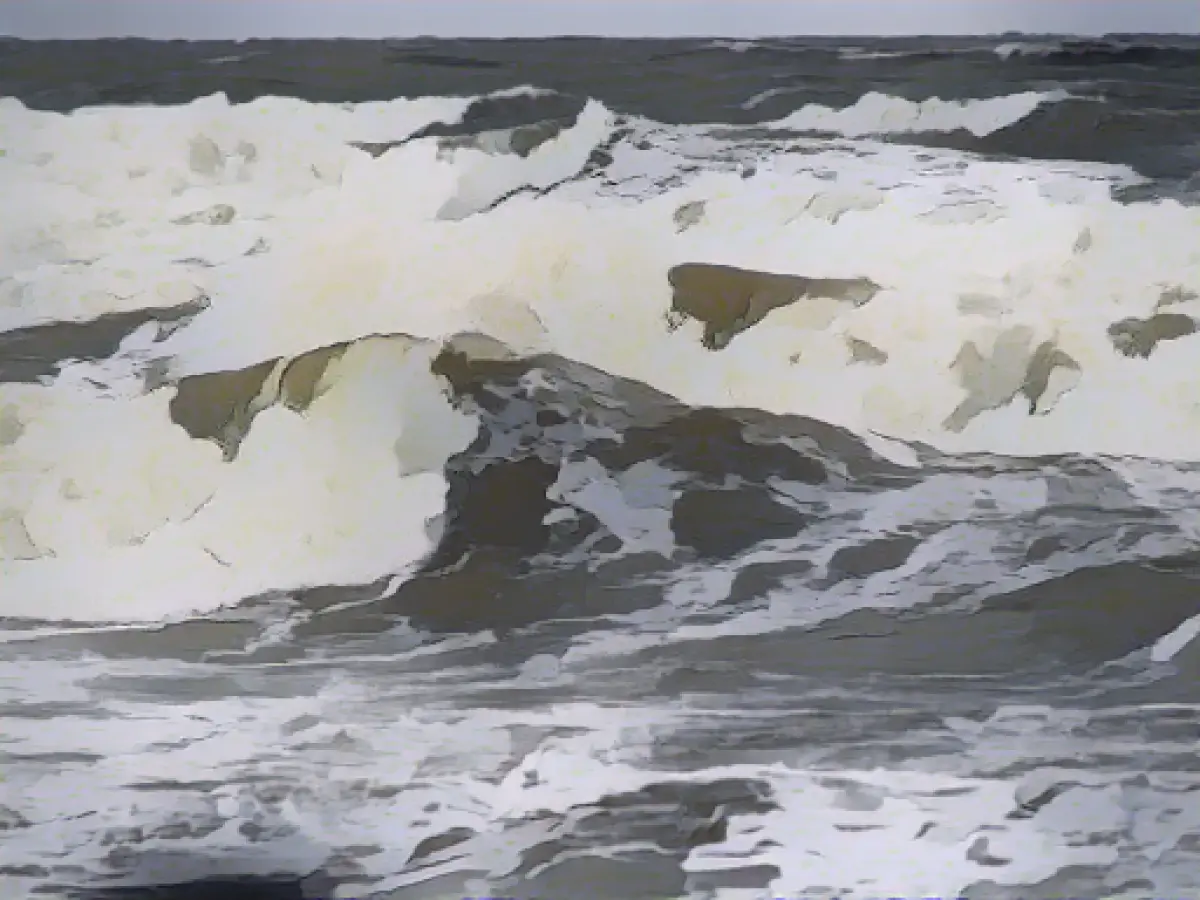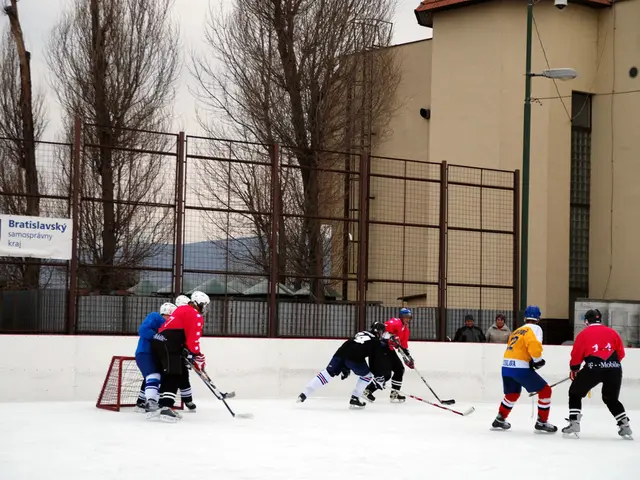Sand Revitalization on the Baltic Shoreline - Neuhaus and Beyond
Preparations for an extensive shoreline protection project are set to commence towards the end of November in Neuhaus, Vorpommern-Rügen. This endeavor, titled Landesküstenschutzdüne (LKSD), will involve fortifying a stretch of coastline approximately 1.7 kilometers long by adding approximately 330,000 cubic meters of sand. This significant investment, totaling around 3.1 million euros, will be jointly funded by the federal government and the state with a 70-30 split, respectively. The task will be assigned to Rohde Nielsen A/S, a Danish company. The required sand will be sourced from the state's Graal-Müritz deposit [1].
As the Baltic Sea coastline undergoes changes due to climate alterations, coastal erosion has become a pressing issue. This necessitates proactive measures such as those now being implemented in Neuhaus. Concurrently, another sand replenishment initiative on the Darß, encompassing Prerow and Zingst, is already underway. Since mid-October, approximately 720,000 cubic meters of sand have been utilized over nearly nine kilometers to reinforce the beach and dunes, corresponding to around 60,000 truckloads [1]. This project is slated for completion by the end of March 2024, with an estimated budget of ten million euros.
The responsibility to ensure a thriving coastal environment for future generations and the development of effective climate change adaptation strategies falls upon environmental authorities. Incorporating environmental conservation in our plans can contribute to the implementation of the Marine Strategy Framework Directive (MSFD), which aims to preserve marine species, habitats, and achieve good environmental status [2].
EU Member States are working together to reduce pollution and safeguard marine ecosystems in line with MSFD, aiming to maintain healthy, productive, and clean seas. Efforts include proactively addressing nutrient, chemical, and underwater noise pollution, conducting thorough gap analyses, and implementing additional measures to address persistent challenges [2]. The objective is to protect marine species and habitats as well as allocate sufficient funding to support these initiatives [2].
Neuhaus and Darß may not have identified specific conservation projects, but their proximity to protected marine areas suggests they are actively participating in regional conservation efforts. For instance, the Warnow River in Mecklenburg-Vorpommern supports recreational paddling and nature exploration, reflecting a commendable focus on preserving natural landscapes and ecosystems [2].
In another related context, the Danish Energy Agency has approved Nord Stream AG to undertake preservation measures on the damaged Nord Stream 2 pipeline in the Baltic Sea. These include installing tailor-made plugs at each pipe opening and pumping oxygenated seawater into the pipelines to prevent gas leakages. These steps serve as a response to the breakages that occurred east and southeast of Bornholm in September 2022 [3].
In summary, coastal protection projects like those in Neuhaus and Darß are integral components of the EU's broader strategies to maintain a healthy and thriving marine environment along the Baltic Sea coastline. By addressing climate change, pollution, and conservation efforts, we strive to create a sustainable and resilient relationship between humans and the maritime ecosystem.








